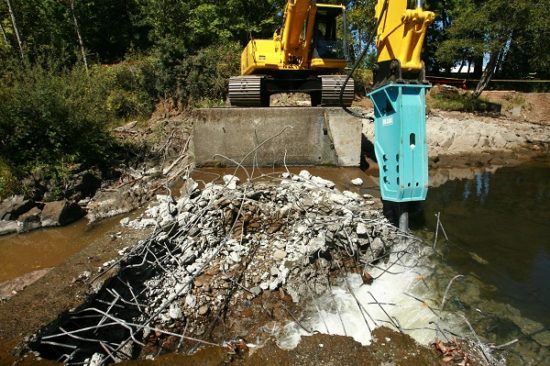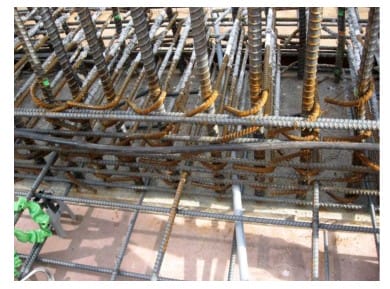No products in the cart.
- Course No E – 1501
- PDH Units 5.00
Course No E - 1501
PDH Units 5.00
- Course No E – 1501
- PDH Units 5.00
Course No E - 1501
PDH Units 5.00
Intended Audience: civil engineers
PDH UNITS: 5
This course is based on the publication “Removal of Small Dams in Oregon, A Guide for Project Managers” It is used with permission of the author, Denise Hoffert, who authored the publication for the Oregon Watershed Enhancement Board. This course will introduce you to the principles and practices of small dam removal. It is estimated by FEMA that there are over 75,000 dams in the United States. Most of those are small dams and many of them are approaching or have exceeded their design life. As dams constructed in the “Heydays” of dam construction during the 1950’s and 60’s reach their expected end of design lives, removal of small dams will become a growing issue. While, the life of a dam can be extended with proper inspection and maintenance, they will eventually reach the end of their useful lives and become candidates for removal. “Removal of Small Dams in Oregon, A Guide for Project managers” contains information specific to Oregon policies and regulations. However, the general concepts can be applied to small dam removal in other parts of the US and Canada. This document should not be relied on as a substitute for regulatory requirements for any state or province. If a discrepancy is found between this document and a state or federal regulation, then the regulations should be referred to. COURSE SUMMARY This course demonstrates the basic elements of small dam removal. While, the life of a dam can be extended with proper inspection and maintenance, eventually dams will reach the end of their useful lives and become candidates for removal. Since many of the dams constructed during the 1950’s and 1960’s are approaching or have passed the end of their design life, the need for knowledge of small dam removal will grow.
Learning Objectives
At the conclusion of this course, you’ll be able to identify and discuss:
- Project Manager Work Plan Elements
- Building Organizational Support
- Public Outreach
- Outreach Strategies
- Lessons Learned on Public Involvement
- Successful Technical Team Meetings
- Review of Site Background Data
- Identification of Data Gaps
- Development of Project Goals and Objectives
- Preparation of a Funding Strategy
- Project Phasing
- Sample Project Tasks for Work Plans
- Selecting the Appropriate Service
- Typical Services Provided by an Engineering Firm
- Recruiting of Reputable Project Engineers
- Selecting an Engineering Firm
- Working With Your Engineering Firm
- Getting Started With Regulatory Agencies
- Description of Permits and Processes
- Federal Permits and Consultations
- Creating a Permit Submission Timeline
- Monitoring
- Site Restoration
Once completed, your order and certificate of completion will be available in your profile when you’re logged in to the site.








